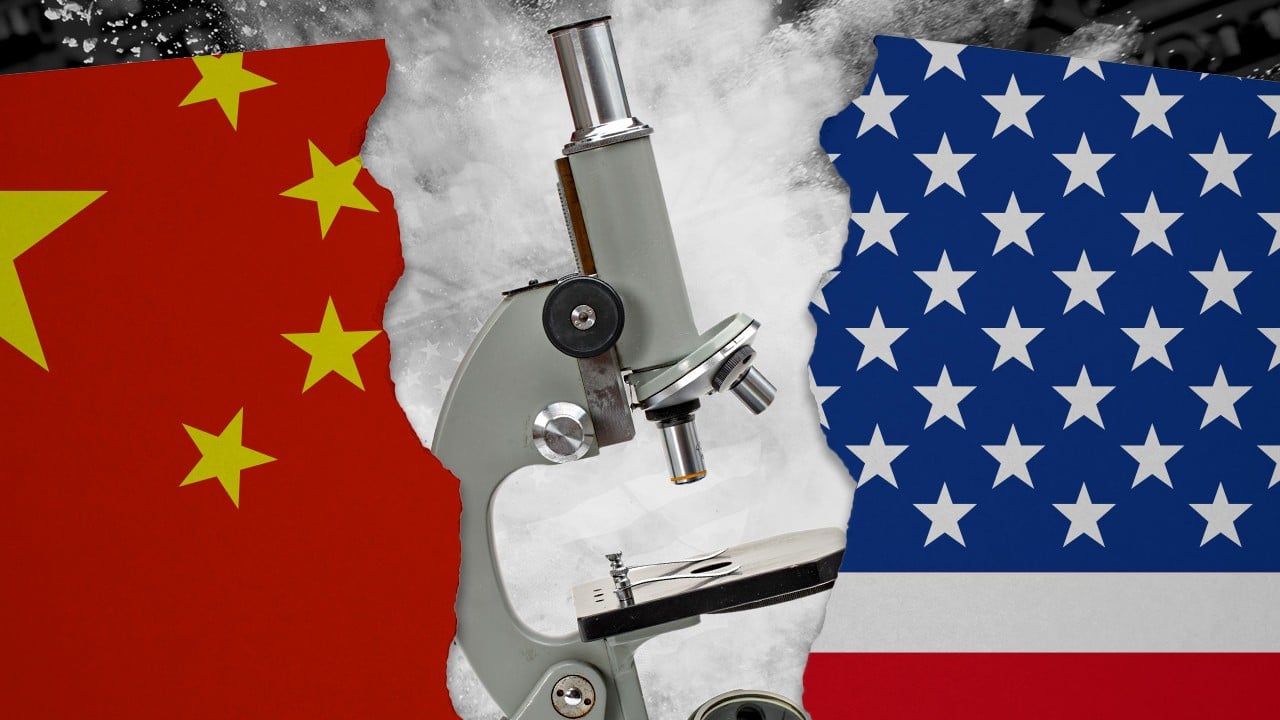
China’s top young scientists rewarded with exponential growth in research grants
- With US$3.8 million over 15 years for the best 10 per cent of young researchers, updated scheme will ‘cultivate leading talent’
- But some in the scientific community are concerned that the expanded Distinguished Science Youth Fund will entrench funding inequalities
The National Natural Science Foundation of China (NSFC), which funds most basic research, is extending and expanding its 4 million yuan talent scheme, offering five-year grants that will increase exponentially each term.
From 2024, the Distinguished Science Youth Fund recipients whose funding ended last year will be assessed and rated, with the top 20 per cent eligible for a further five-year grant of 8 million yuan, the NSFC said on Monday.
Half of those eligible will go on to receive a third five-year grant of 16 million yuan, bringing total support for the top 10 per cent of China’s young scientists to 28 million yuan.
The exponential growth in research funding will “concentrate superior resources to cultivate high-level leading talents”, the NSFC said, without elaborating.
It is widely accepted internationally that the investment required to move discoveries out of the lab and into daily lives grows faster over time.
According to an article published by science journal Nature in October, the overall funding that goes to a handful of major agencies in the US will continue to hover at a 25-year low, with predictions that Congress will cut scientific spending in 2024.
In contrast, China has been pouring money into basic research in recent years, in the face of containment efforts by the West to restrict Chinese access to critical technologies.
The NSFC’s budget grew 6.8 per cent last year on 2021, from 2.1 billion yuan to 33 billion yuan.
However, the rapid expansion of China’s science community has made the competition for national funding fiercer. The probability of a researcher receiving money from the NSFC has decreased, from 25.2 per cent in 2013 to 17.23 per cent last year.
Getting funded as a leading young scientist has been particularly difficult, with only around 200 projects receiving grants from the scheme in 2019, though that rose to 415 last year.
Despite the doubling in the number of supported projects, the scheme’s funding rate has remained low – at 7-9 per cent – because of the surging number of applicants.
The Distinguished Science Youth Fund, one of the most prominent in China’s national talent schemes, was established by the government in 1994 and has sponsored just over 5,700 scientists below the age of 45 in that time.
According to the NSFC, the fund’s aim is to support young scientists who have already made outstanding achievements in basic research to independently choose their direction of inquiry.
The scheme promotes the growth of young sci-tech brains, attracts overseas talents, and cultivates a group of outstanding academic leaders at the global frontiers, the NSFC has said.
Shortly after his appointment in April this year, NSFC director Dou Xiankang told China Newsweek that the scheme’s goal is to identify exceptionally innovative and promising young talent.
“Ultimately, it is intended to guide and encourage project leaders to continue conducting high-quality research,” he said.
Sun Yutao, a professor at Dalian University of Technology’s School of Economics and Management, said the announcement shows China’s commitment to increasing investment in basic research.
But he added that a funding policy that doubles grants every five years may need more scrutiny. It should be more flexible and practical, Sun said.
Biologist Ding Sheng, founding dean of the School of Pharmaceutical Sciences at Tsinghua University, described the move as “a beneficial attempt and a good start”, but he warned that “its practical significance may be limited”.
Compared with Europe and the US, funding support for Chinese scientists is still relatively limited, especially for basic research, Ding said. It is foreseeable that the latest initiative can only cover a small handful of researchers, he added.
According to Ding, it is already extremely competitive to win entry to the hall of distinguished young scientists, even at the best Chinese universities like Tsinghua. Ding’s own school usually recommends just one applicant a year, he said.
On top of that, only 10 per cent of the scheme’s recipients will receive the maximum 28 million yuan, Ding pointed out.
The situation could widen the gap between the scientific community’s haves and have-nots, and there are concerns that well-established researchers will continue to have more access to resources while the overall funding rate for young scientists declines.
“Groundbreaking research just isn’t accomplished by only giving handsome grants to dozens or hundreds of leading scientists,” Ding said, adding that the participation of many scientists and long-term accumulation are required to establish a solid foundation.
He questioned whether it was possible to predict which small portion of individuals will make such a breakthrough, or whether the chances will be increased by offering wider and more extensive funding to the scientific community.
Sun, from Dalian University, said the balancing of investment between fairness and efficiency “is a long-standing and debatable issue”, but he added that the history of scientific development has shown that the most important breakthroughs are often achieved by a small proportion of scientists.
“It is still crucial to ensure that as many researchers as possible have stable funding support,” he said.


